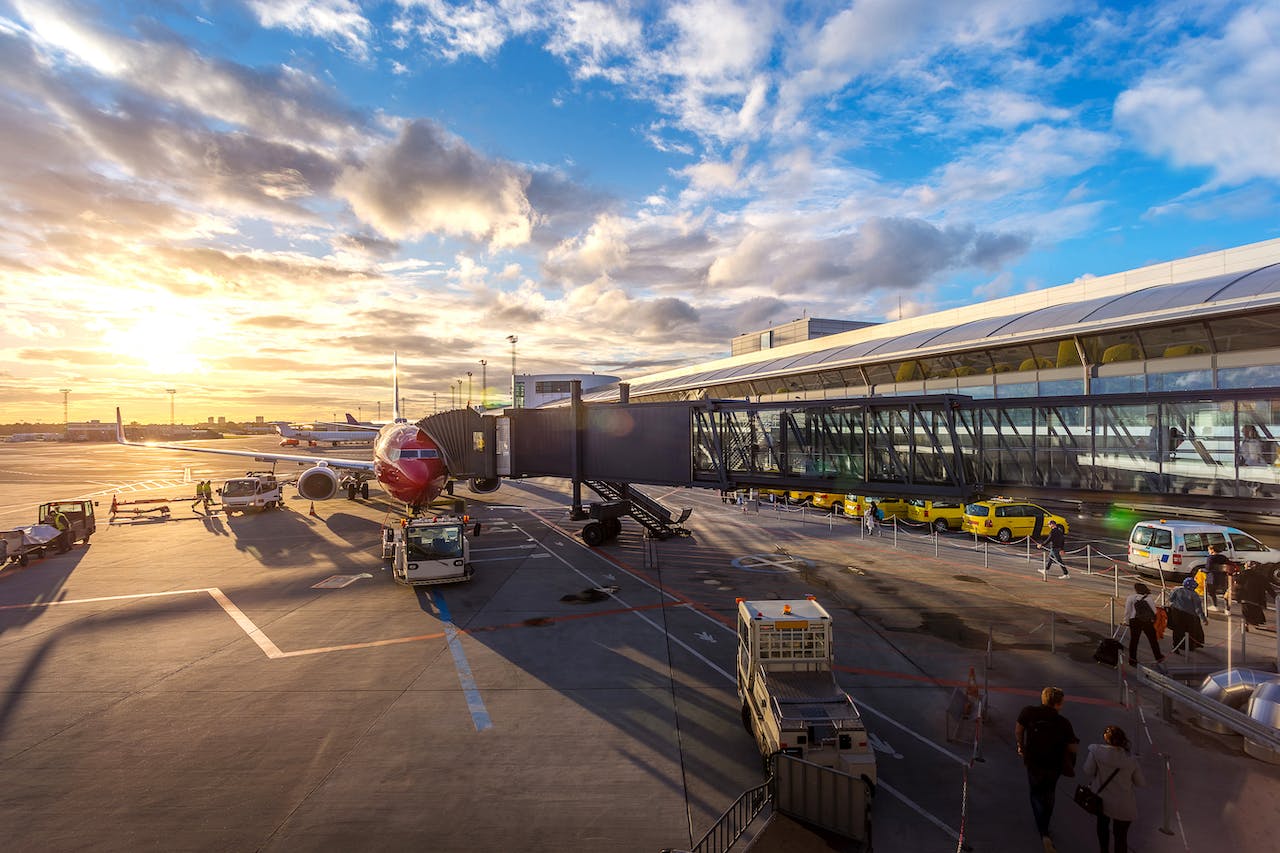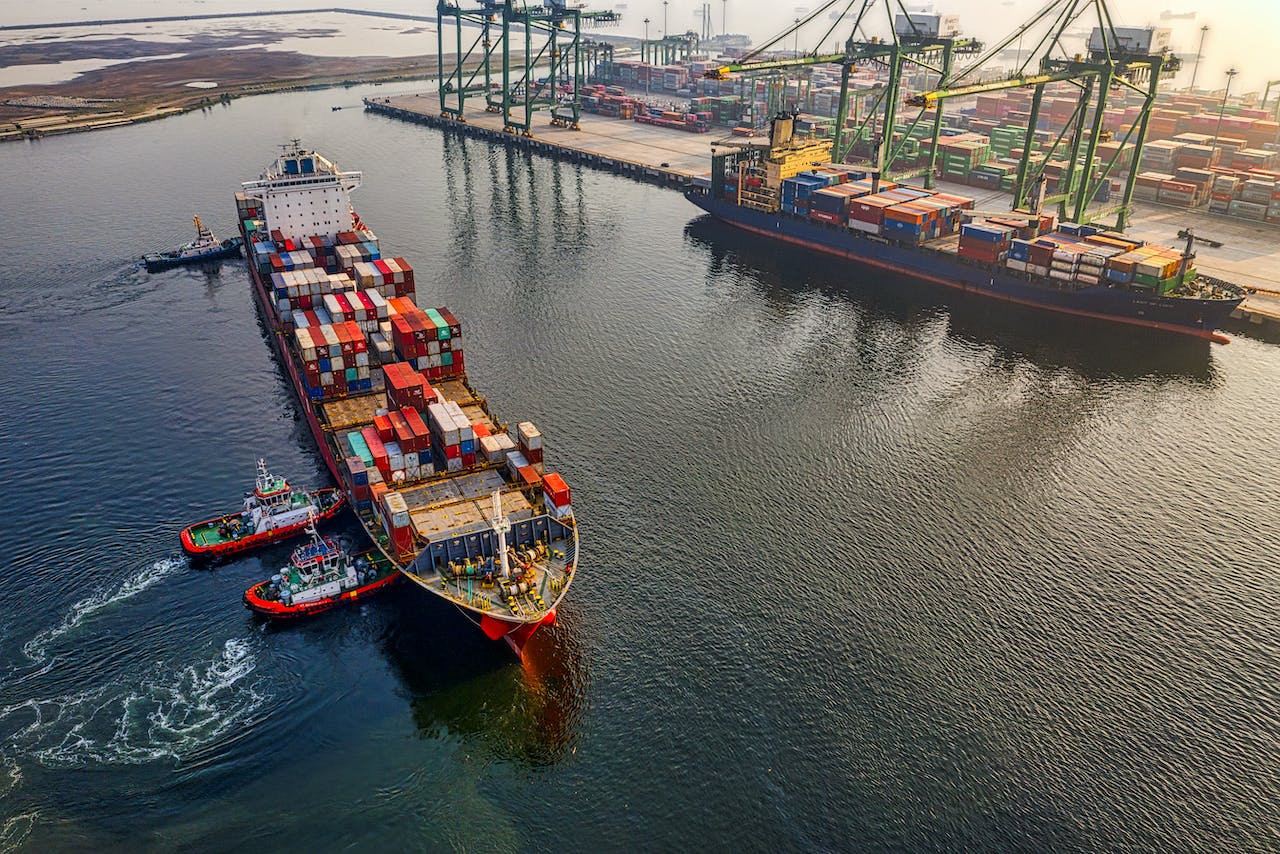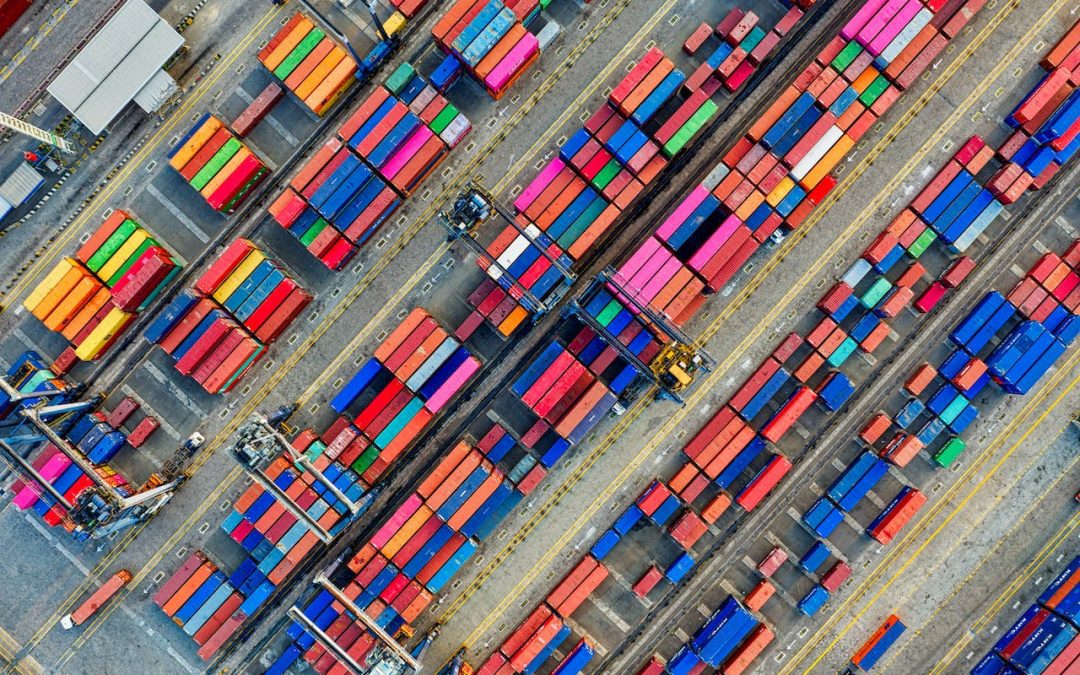When deciding between air and sea freight, there’s a lot to think about.
Speed, restrictions, volume, cost… Which mode of transport will work best for your shipment? There’s so much to consider. So, we’ve written this blog to look into it a little deeper.
All About Air Freight
Air freight is used for approximately 35% of world trade.
If you choose air freight to transport your goods to their destination, your shipment is loaded onto an aircraft and flown from one place to another.
From the destination airport, the goods might be taken on the final leg of their journey by a truck or train as these modes of transport can typically get closer to the final destination.
Air Freight Advantages
With huge engines propelling air vessels through the atmosphere and no traffic to get in the way, cargo transported by air gets to its destination fast. This makes it a preferable option for time-sensitive shipments.
Air freight is also incredibly secure. Because airport security is so tight, and because all journeys are typically unbroken, the risk of theft, loss or damage is minimal. Shipping by aircraft, therefore, tends to suit high-value and fragile shipments.
Shipping by plane offers reliable arrival and departure times, fantastic tracking and reduced transit times for suitable shipments.
Air Freight Limitations
Though air freight is fast and secure, it comes with a few considerations.
Top of the list? Cost. Air freight is the most expensive option out there. This makes it a no-go for many shipments.
The weight and size of your goods will also determine whether air freight is right for you due to strict restrictions. Legal restrictions also differ from country to country and need to be taken on board way in advance to ensure compliance is maintained and delays are avoided.

All About Ocean Freight
Ocean freight, or sea freight, uses container vessels to get your cargo from one port to another and is one of the most common ways of importing and exporting goods between countries.
Container vessels are large ships that can typically hold between 10,000 and 21,000 TEUs, or twenty-foot equivalent units, which is the measurement used to describe container sizes. This mode of transporting goods can be used to ship a wide variety of goods, including non-perishable foods in bulk and heavy items like cars and machinery.
Ocean Freight Advantages
Sea freight is the most cost-efficient way of shipping bulk cargo and heavy cargo because of the capacity of the vessels. Even duty and VAT are less when you ship over the ocean.
Container vessels are the go-to method of carrying heavy and bulky items, and ports have all of the equipment to handle these goods set up and ready to go. Your goods are safe, sealed and locked into their containers, and protected against the elements in transit.
Sea freight is also a more economical option because the vessels burn far less fuel during their journeys compared to other modes of transport.
Ocean Freight Limitations
The challenges of ocean freight begin with its speed. Sea travel is slow compared to other methods of getting your goods where they need to be.
And, unfortunately, you’re more likely to experience delays due to weather conditions and port issues. You’re also more limited on destination because certain parts of the world are inaccessible, like land-locked countries, and this may mean sea freight isn’t right for you.

So, What Are The Key Considerations?
The mode of freight you choose heavily depends on what you’re shipping. Here are some factors you need to mull over before you decide.
Speed
How quickly do your goods need to reach their destination? If the answer is yesterday, ocean freight will be far too slow an option. Depending on the journey container vessels can take anywhere from 2 to 6 weeks to safely deliver your shipment.
On the other hand, air freight can provide same-day delivery.
Type Of Goods
What are you shipping? If it’s a host of washing machines, then you won’t get them on a plane due to the size and weight restrictions… Shipping perishables? Sea freight isn’t suitable because of the long transit times, and air freight will suit you best. High-value tech is often shipped by air, too.
Cost
Cost plays a massive role in any business decision, including which freight method is right for your shipment.
Ocean freight is much cheaper than air freight, but only if you or your customers are happy to wait for your goods and if your cargo type permits the long journey.
Which Should I Use?
If both air and ocean freight are suitable shipping solutions for your particular goods, it comes down to the speed vs cost argument. Want to keep shipping costs low? Opt for sea freight. Want your goods to get to their destination fast? Air freight is for you.
Otherwise, you might find that your cargo is more suited to one mode of transport than the other. For example, perishable goods would need to travel in an aircraft rather than a container on a vessel because they will spoil during a long journey. In these cases, there is no agonising over the choice of freight mode; your decision has been made for you!
Shipping Freight Isn’t Always Clear Cut
Several factors go into making shipping decisions, and that can feel stressful. But guess what… You don’t need to worry about the details.
Why?
Because that’s what we’re here for! Millennium can see what will work best for you, your cargo and your budget. Get in touch today to start the ball rolling.

